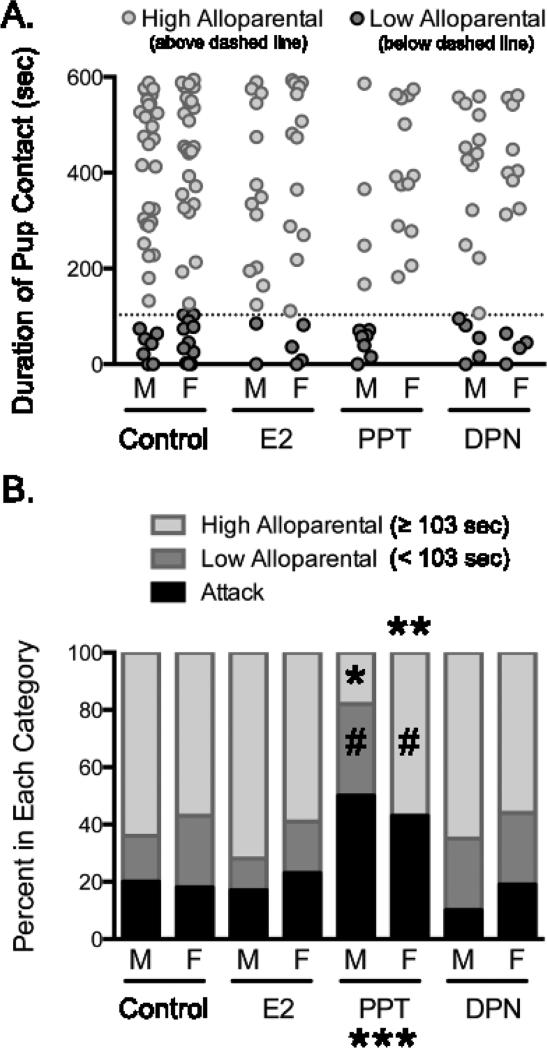Figure 2. ERα activation increases attacks and differentially affects alloparental classifications in males and females.
A. Individual variation in alloparental behavior in juvenile male (M) and female (F) prairie voles. Each point represents a single non-attacking individual. The dashed line represents the lower quartile for the combined male and female controls (103 sec), which was used to identify individuals with high (≥ 103 sec, light grey) and low (< 103 sec, dark grey) levels of alloparental behavior (refer to Figure 1 legend for numbers of non-attacking individuals). B. PPT reduced the percentage of high alloparental males (* p< 0.05) and low alloparental females (**, p< 0.05) compared to their respective controls, and increased the proportion of attackers in both sexes (***, p < 0.05). #, p< 0.05 compared to the other sex within a given treatment and category. Controls (n= 44 males, 44 females), E2= 17β-estradiol (ERα and ERβ agonist, 5μg, n= 18 males, 22 females), PPT= 4,4′,4″-(4-Propyl-[1H]-pyrazole-1,3,5-triyl)trisphenol (ERα agonist, 5μg, n= 22 males, 23 females) and DPN= diarylpropionitrile (ERβ agonist, 5μg, n= 20 males, 16 females).

